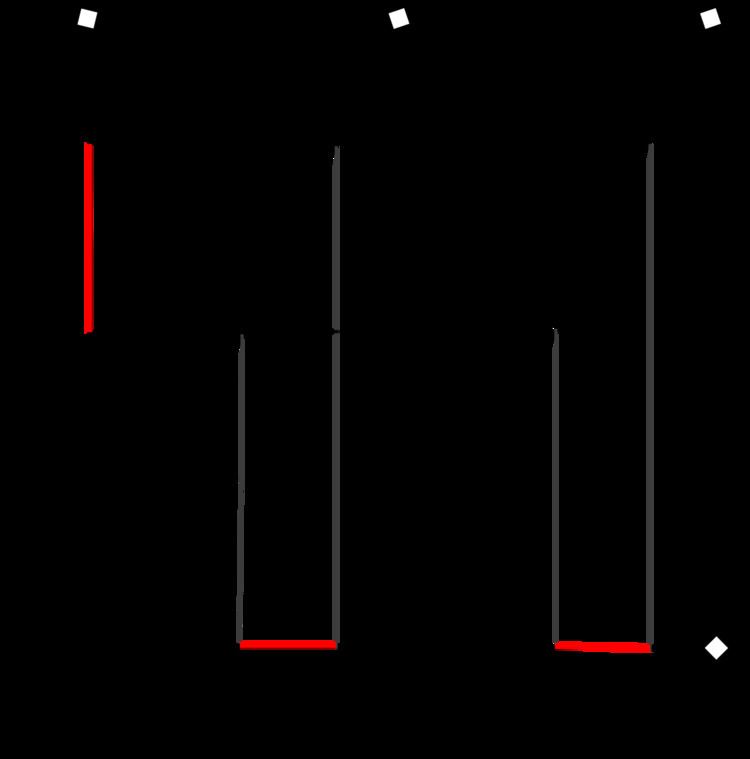 | ||
In mathematics, a measure-preserving dynamical system is an object of study in the abstract formulation of dynamical systems, and ergodic theory in particular.
Contents
Definition
A measure-preserving dynamical system is defined as a probability space and a measure-preserving transformation on it. In more detail, it is a system
with the following structure:
This definition can be generalized to the case in which T is not a single transformation that is iterated to give the dynamics of the system, but instead is a monoid (or even a group) of transformations Ts : X → X parametrized by s ∈ Z (or R, or N ∪ {0}, or [0, +∞)), where each transformation Ts satisfies the same requirements as T above. In particular, the transformations obey the rules:
The earlier, simpler case fits into this framework by definingTs = Ts for s ∈ N.
The existence of invariant measures for certain maps and Markov processes is established by the Krylov–Bogolyubov theorem.
Examples
Examples include:
Homomorphisms
The concept of a homomorphism and an isomorphism may be defined.
Consider two dynamical systems
is a homomorphism of dynamical systems if it satisfies the following three properties:
- The map φ is measurable,
- For each
B ∈ B , one hasμ ( φ − 1 B ) = ν ( B ) , - For μ-almost all x ∈ X, one has φ(Tx) = S(φ x).
The system
The map φ is an isomorphism of dynamical systems if, in addition, there exists another mapping
that is also a homomorphism, which satisfies
- For μ-almost all x ∈ X, one has
x = ψ ( φ x ) - For ν-almost all y ∈ Y, one has
y = φ ( ψ y ) .
Hence, one may form a category of dynamical systems and their homomorphisms.
Generic points
A point x ∈ X is called a generic point if the orbit of the point is distributed uniformly according to the measure.
Symbolic names and generators
Consider a dynamical system
The set of symbolic names with respect to a partition is called the symbolic dynamics of the dynamical system. A partition Q is called a generator or generating partition if μ-almost every point x has a unique symbolic name.
Operations on partitions
Given a partition Q = {Q1, ..., Qk} and a dynamical system
Further, given two partitions Q = {Q1, ..., Qk} and R = {R1, ..., Rm}, we define their refinement as
With these two constructs we may define refinement of an iterated pullback
which plays crucial role in the construction of the measure-theoretic entropy of a dynamical system.
Measure-theoretic entropy
The entropy of a partition Q is defined as
The measure-theoretic entropy of a dynamical system
Finally, the Kolmogorov–Sinai or metric or measure-theoretic entropy of a dynamical system
where the supremum is taken over all finite measurable partitions. A theorem of Yakov Sinai in 1959 shows that the supremum is actually obtained on partitions that are generators. Thus, for example, the entropy of the Bernoulli process is log 2, since almost every real number has a unique binary expansion. That is, one may partition the unit interval into the intervals [0, 1/2) and [1/2, 1]. Every real number x is either less than 1/2 or not; and likewise so is the fractional part of 2nx.
If the space X is compact and endowed with a topology, or is a metric space, then the topological entropy may also be defined.
